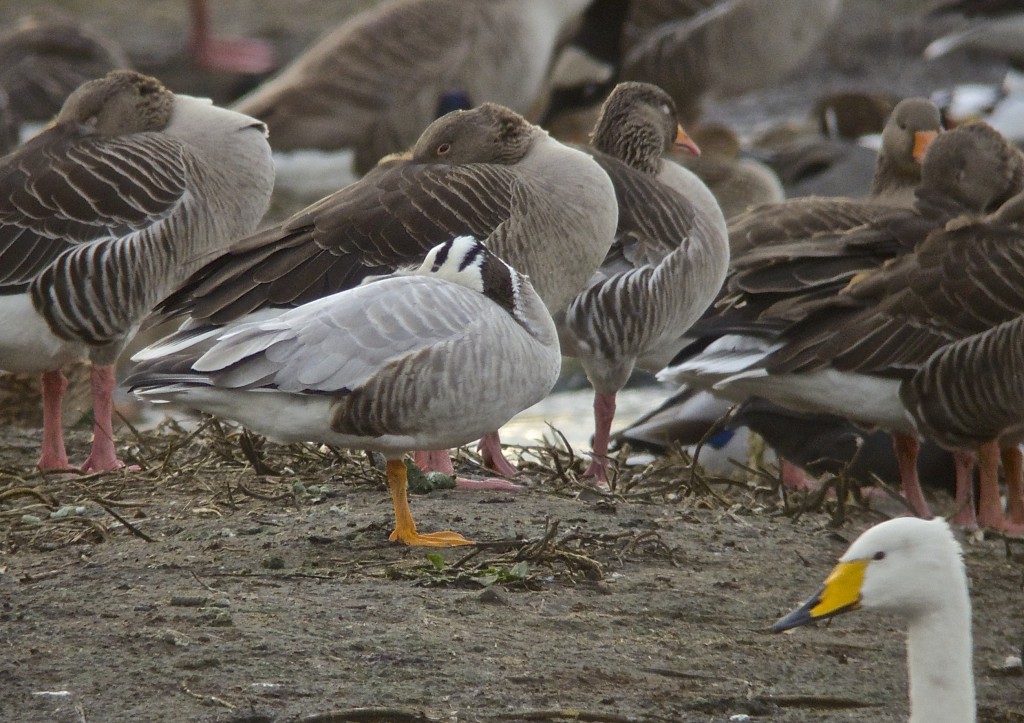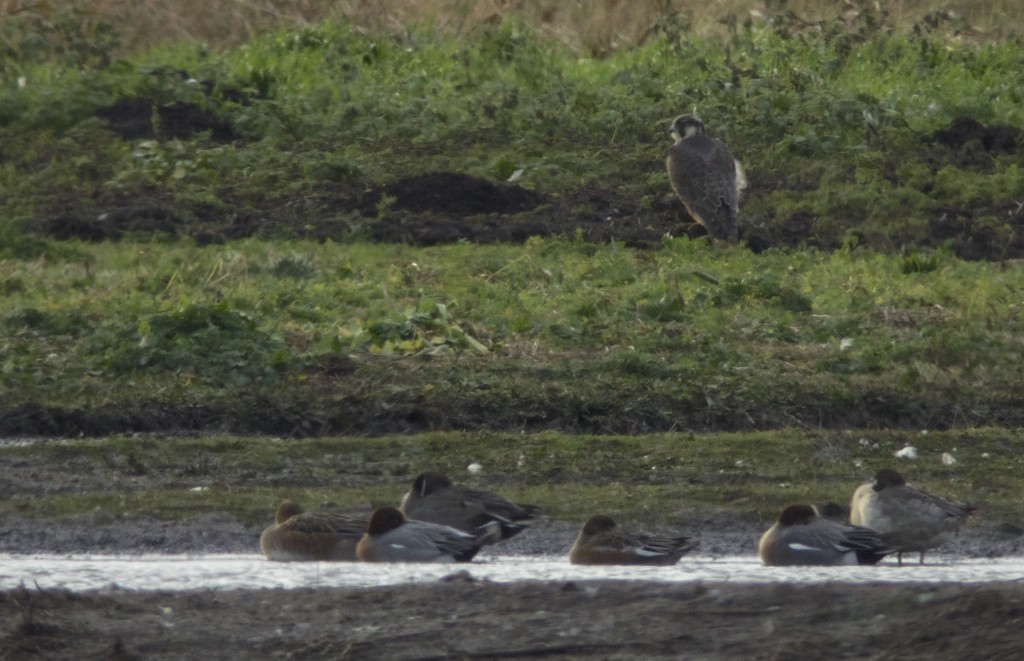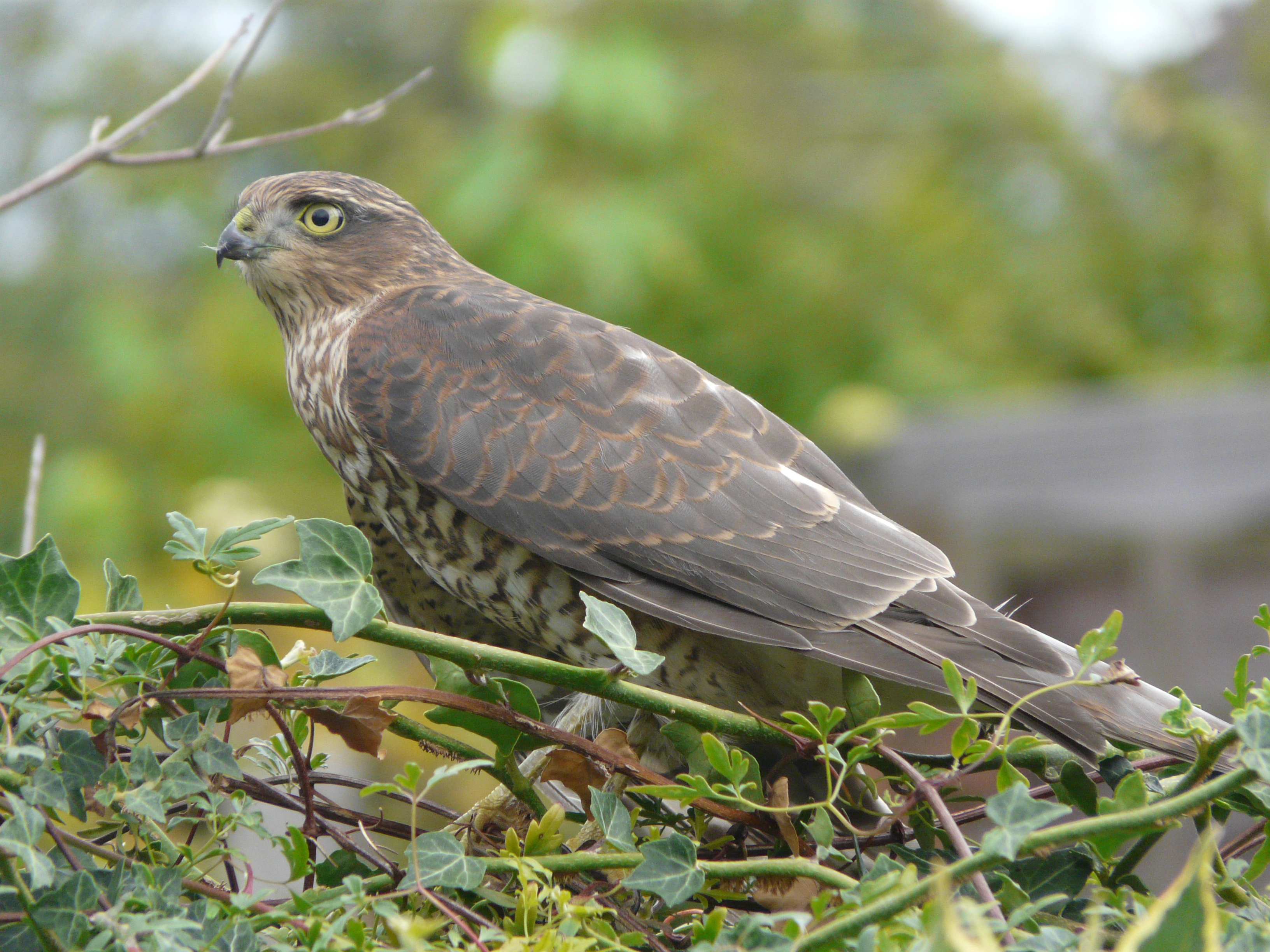Recent sightings
A few more raptors being seen of late than in recent weeks, best of the bunch was a ringtail Hen Harrier (female or immature) which was seen just to the north of the reserve today, which could well have been the satellite tracked bird that was recorded just off site recently. We will soon find out, watch this space! Otherwise at least 1-2 Marsh Harrier have been seen over recent days along with a juvenile male Peregrine which has had the Lapwings producing some great aerial displays of agility! The usual several Common Buzzard, 2 Kestrel and 1-2 Sparrowhawk have also been seen.

The Kingfisher was seen speeding through the collection area down one of the ditches today and Barn Owl was again seen from Ron Barker Hide. Redwings and Fieldfare are in the area and often on the reserve, no Bramblings reported on site this winter but there are small numbers in the county.

Duck numbers are down this winter with 35+ Pochard, 15+ Tufted Duck compared to 750 Pochard that used to use the site mid winter some 13 years ago! With the weather being so mild so far this winter, the number of Whooper Swans is also down from what it can be, we have currently around 1200 Whoopers in the area, but in a harsh winter we have had counts of around 2250. Interestingly in the years between 2005 to 2010 the winter counts of Whooper Swans in Scotland during this period were down 38% while at the same time in Iceland the wintering Whooper Swan number increased by 46%. So it would seem the decrease is more down to birds staying in Iceland than staying in Scotland. Will we still have wintering Whooper Swans at the Mere in another 20 years if the trend of warming continues?



